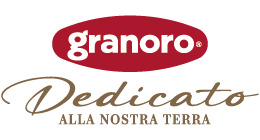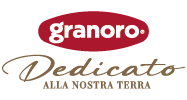Our wheat originates from Puglia, between the areas known as Tavoliere and Capitanata, a land rich in passion, culture and tradition, which has long been known for producing the best durum wheat in Italy. In fact, the durum wheat variety known as Cappelli, the father of modern durum wheat varieties, is said to originate from this land.
Here, the rural traditions and warm, dry climate help the ears of wheat grow tall and strong.













